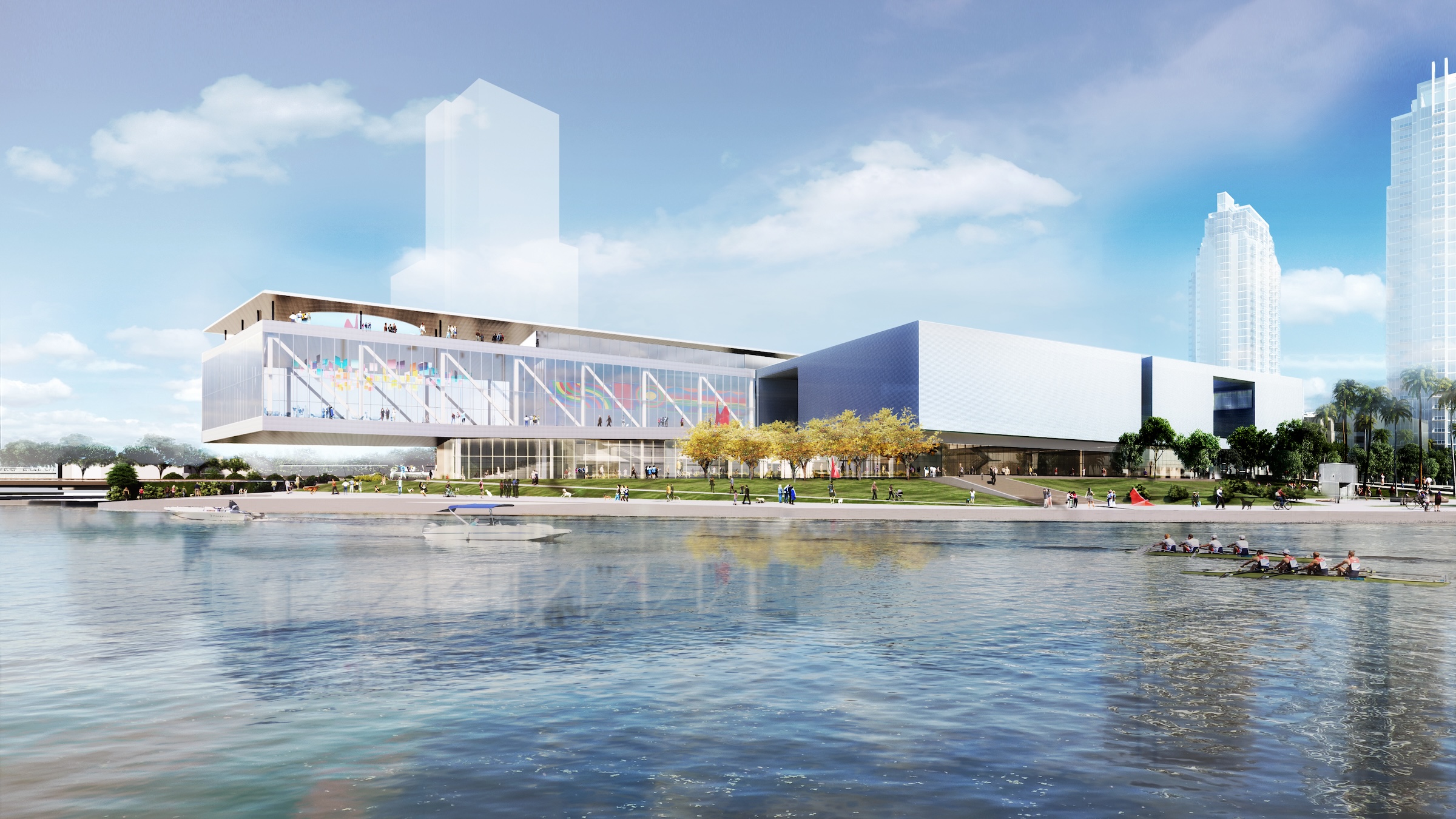In Tampa, Fla., the Tampa Museum of Art will soon undergo a 77,904-sf Centennial Expansion project. The museum plans to reach its $110 million fundraising goal by late 2024 or early 2025 and then break ground.
Designed by Weiss/Manfredi, and with construction manager The Beck Group, the expansion will redefine the museum’s surrounding site. It will create new riverfront public terraces, sculpture parks, redesigned entrance plazas, outdoor dining, and improved dog parks.
Continuing Tampa’s Riverwalk, a sloped walk will direct pedestrians from the museum’s ground-floor level to the river, creating a seamless public experience around the museum and park. The ground-floor terrace will feature new native planting and shade trees. Adjacent to the Museum’s indoor auditorium, an outdoor amphitheater will offer a shaded gathering space.
The project will enhance the visitor experience with a new grand lobby. With an 18-foot ceiling, the new first-floor area will provide exhibition space within view of a new full-service restaurant with indoor and outdoor dining. Almost 12,000 sf will be dedicated to a newly covered entrance, lobby, store, and restaurant.
The 150-seat auditorium will overlook the Hillsborough River. With a green room, sprung floor, projectors, AV system, and theatrical lighting, the auditorium can accommodate a range of events, including lectures, recitals, film screenings, and multimedia performances. Lined with acoustic wood panels, the space will be acoustically isolated from the event space above.
Museum to feature flexible event space
With a 30-foot ceiling equipped with a flexible AV and lighting system, the large event space can host various exhibition and event configurations. It can shift from a flexible digital gallery space to a private event space.
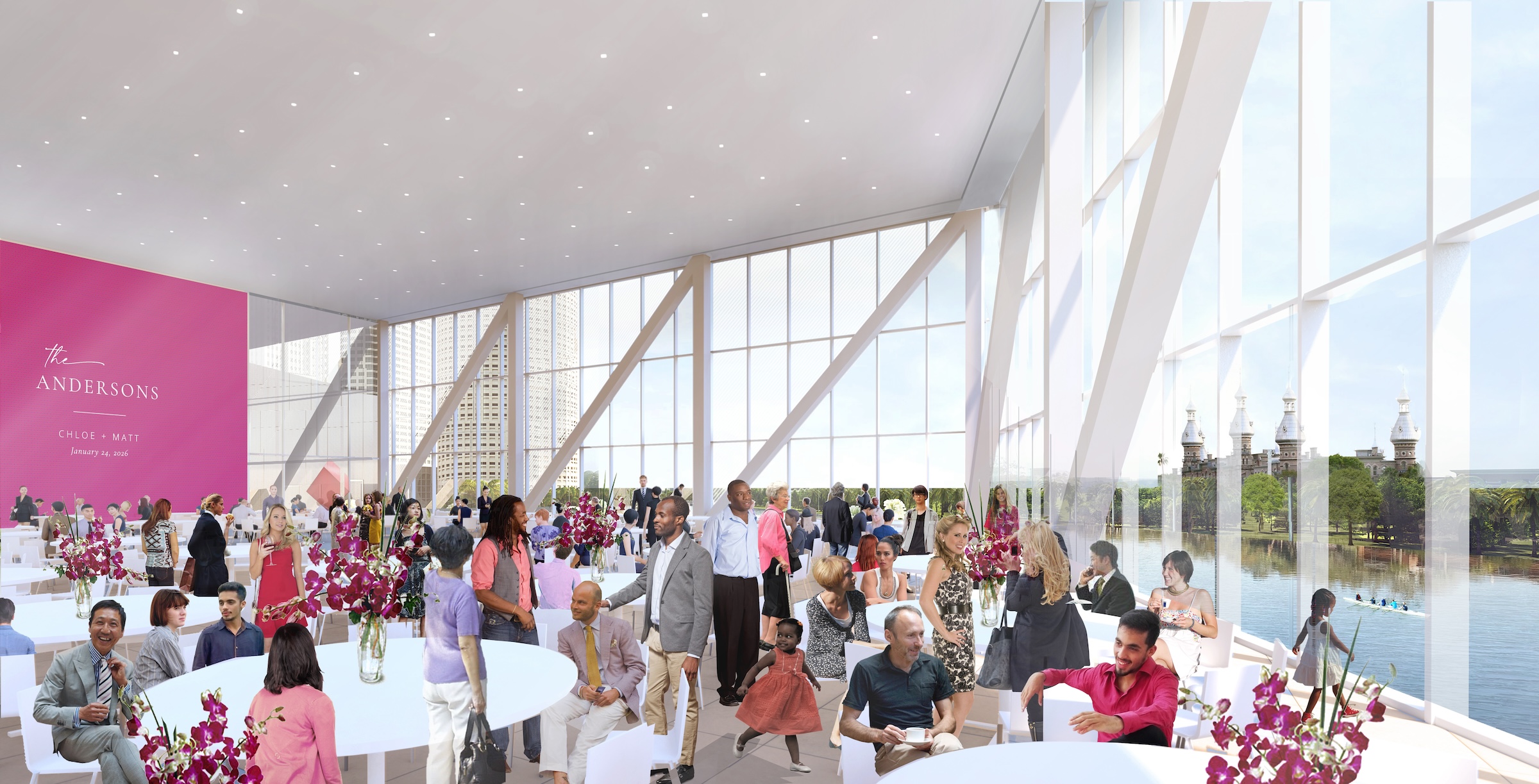
On the fourth-floor rooftop, the interior space will house a flexible bar and accommodate a 100-person gathering. The interior rooftop area also will have a demonstration/test kitchen for culinary arts classes.
“Tampa Bay is growing by leaps and bounds, and we want the museum’s offerings to keep pace with the demands of our region well into the future,” Jamie Winderbaum Fernandez, board chair of the Tampa Museum of Art, said in a statement.
The expansion project follows the museum’s Centennial Renovation, completed last year. That project increased gallery and education space.
On the Building Team:
Owner: Tampa Museum of Art
Owner’s representative: Ellison Advisors, LLC
Design architect and architect of record: Weiss/Manfredi
MEP/FP engineer: TLC Engineering
Structural engineer: MKA
Construction manager: The Beck Group
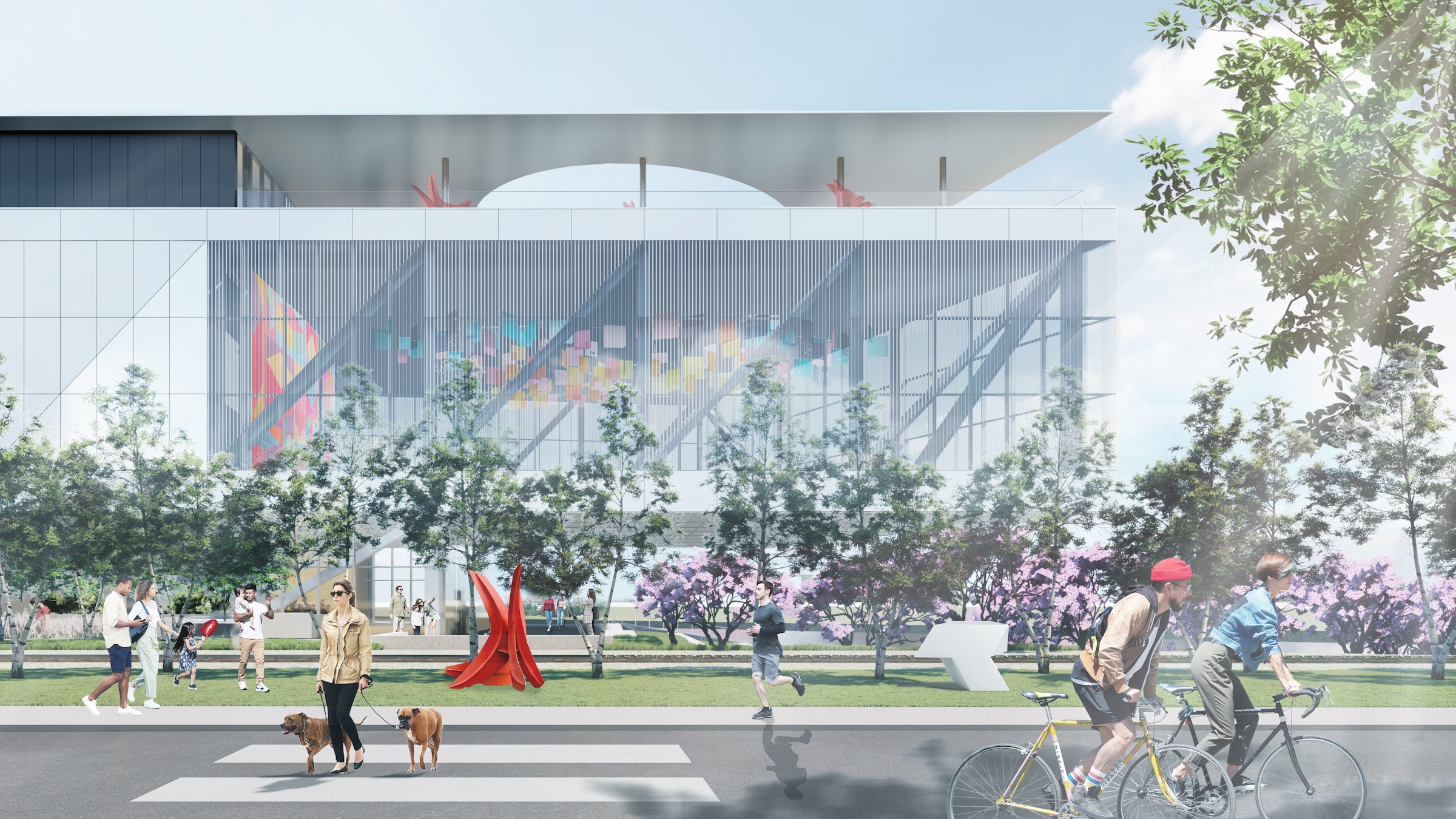
Here is the full press release from The Beck Group:
The Tampa Museum of Art announced today they have selected The Beck Group to manage the construction of the Museum’s Centennial Expansion project.
An architecture and construction firm with offices in the U.S. and Mexico, Beck has managed the construction of many prominent cultural institutions. These include the Nasher Museum of Art at Duke University, the Nasher Sculpture Center in Dallas, and the Salvador Dali Museum in St. Petersburg. Beck has been in Tampa for more than 30 years. Its deep portfolio includes The James Museum and multiple projects at the Universities of Tampa and South Florida.
The Museum is funding the ambitious 77,904-square-foot expansion project through its ongoing Centennial Campaign, a comprehensive construction and endowment effort anchored by a $25 million lead gift from Dick Corbett. The Museum intends to reach its $110 million fundraising goal by late 2024 or early 2025, after which the institution will break ground. To date, generous support has been provided by individuals, families and corporations, as well as the City of Tampa, Hillsborough County, and the State of Florida.
“Our commitment to the Tampa Bay area extends beyond construction; it's about enriching communities. We take pride in shaping Tampa's downtown waterfront, exemplified by our collaboration on the Tampa Museum of Art’s Centennial Expansion,” said Ryan Toth, regional director for Beck’s Florida office.
“Tampa Bay is growing by leaps and bounds, and we want the Museum’s offerings to keep pace with the demands of our region well into the future,” said Dr. Jamie Winderbaum Fernandez, board chair of the Tampa Museum of Art. “It is a privilege to lead the Tampa Museum of Art board through this transformational project so our neighbors and visitors have access to a world-class cultural landmark.”
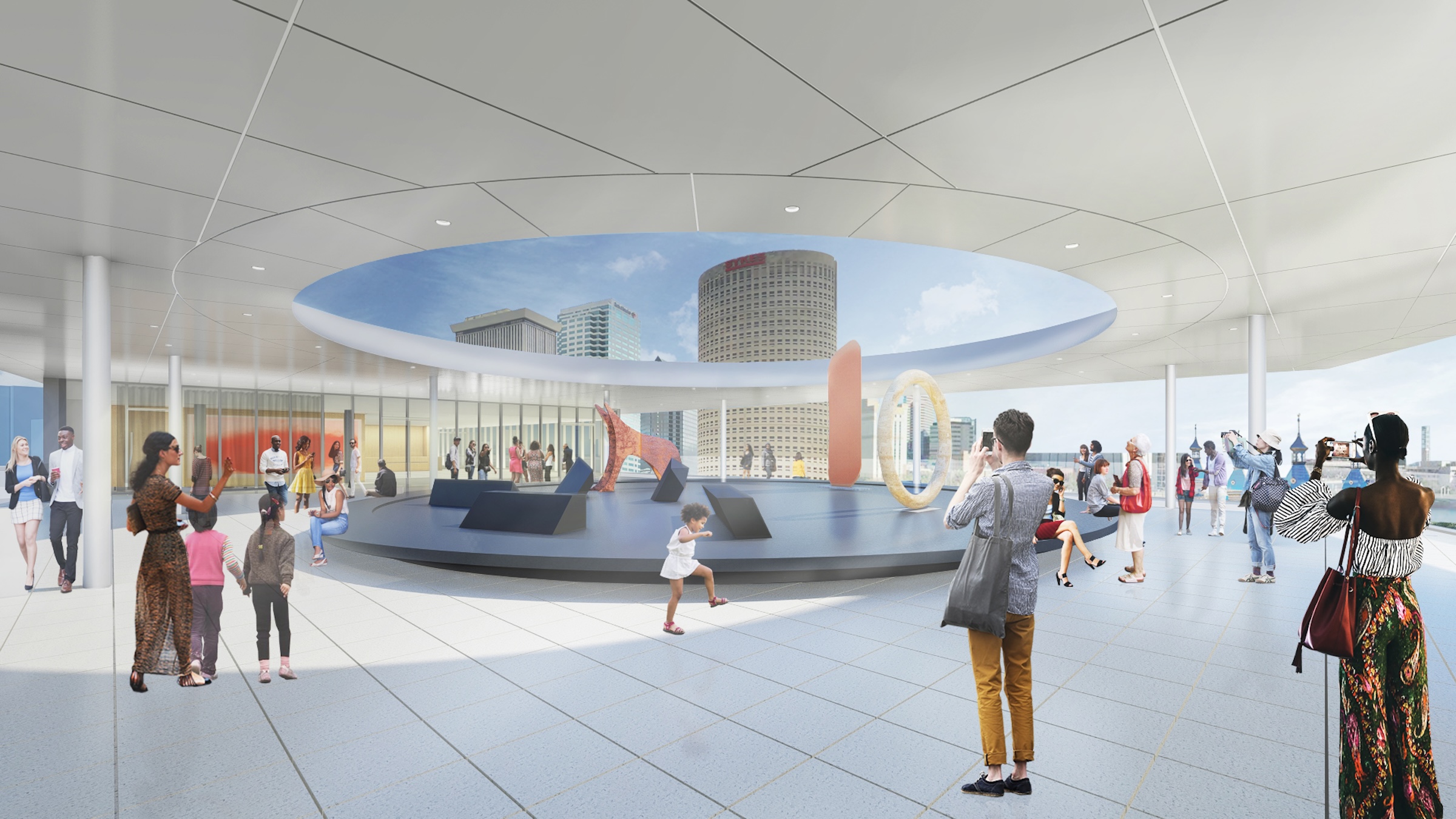
“After completing the Centennial Renovation last year, we are making full use of the increased gallery and education space for the benefit of our visitors, students, and the wider community,” said Michael Tomor, Ph.D., the Jeff and Penny Vinik Executive Director at the Tampa Museum of Art. “The Expansion project we are embarking upon will allow us to offer amenities that will drive sustainability for the Museum and ensure a lasting cultural legacy.”
The Tampa Museum of Art announced in November 2021 that the New York-based design team of WEISS/MANFREDI Architecture/Landscape/Urbanism would design the expansion. C. Samuel Ellison of Ellison Advisors, LLC will be the owner’s representative during the construction of the Museum’s expansion project.
Site Redevelopment
During the expansion project, the Museum’s surrounding site will be redefined to create new riverfront public terraces, sculpture parks, redesigned entrance plazas, outdoor dining and improved dog parks. As a continuation of Tampa’s Riverwalk, a sloped walk will bring pedestrians down to the river edge from the ground floor level. An outdoor amphitheater adjacent to the Museum’s indoor auditorium will serve as a shaded gathering place. With new native planting and shade trees, the Museum’s ground floor terrace will be accessible from the Riverwalk, creating a seamless and integrated public experience around the Museum and the park.
Grand Lobby
The new lobby will be accessible from both Curtis Hixon Park and Gasparilla Plaza. It will enhance the visitor experience with almost 12,000 square feet dedicated to a newly covered entrance, lobby, store, and restaurant. With an 18-foot ceiling height, this new first-floor space will provide ample space for exhibiting art within view of a new full-service restaurant with indoor and outdoor dining.
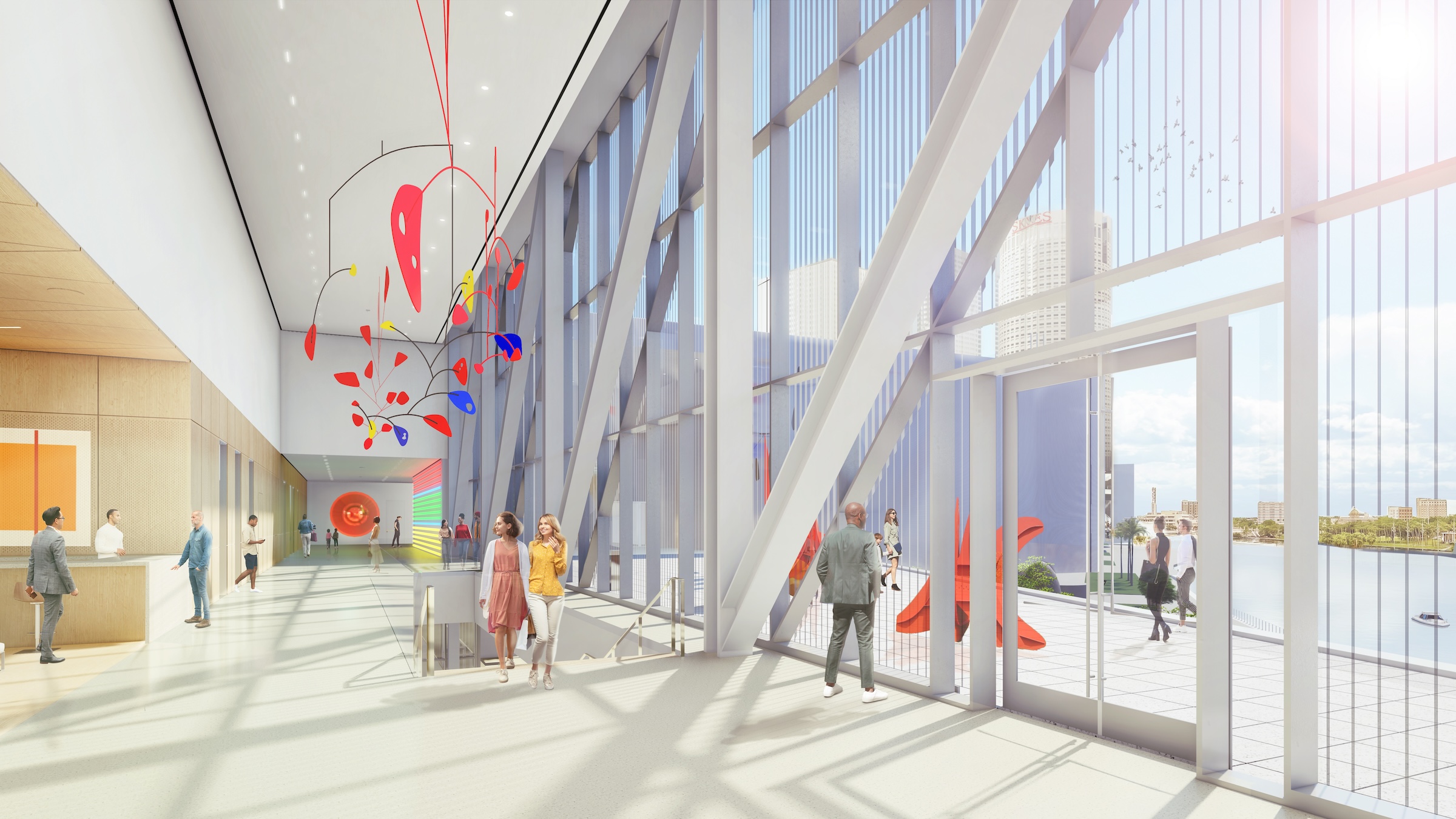
Auditorium
With exterior glazing along its West façade, the 150-seat auditorium will overlook the Hillsborough River, providing an inside-outside visual connection that defines the space. Equipped with a green room, sprung floor, projectors, AV system, and theatrical lighting, a range of events can be accommodated here: lectures, recitals, film screenings and multimedia performances. The space will be lined with acoustic wood panels and acoustically isolated from the event space above. A pre-function foyer space will serve as a flexible space on the mezzanine level before and after events.
Flexible Event Space and Digital Exhibition Wall
The large event space features a panoramic view of downtown Tampa, the University of Tampa, the Hillsborough River, and the Straz Center. With a 30-foot-tall ceiling equipped with a flexible AV and lighting system, it can host a myriad of exhibition and event configurations, transforming from a flexible digital gallery space to a private event space that can accommodate a seated dinner for 500 people and a dance floor. The adjacent catering kitchen will service the space when used for private events.
Sculpture Terrace
The new sculpture terrace will connect the existing Sullivan Terrace and the expansion’s second floor. The design will allow sculptures on display to be visible day and night from the Riverwalk and provide a connecting bridge to the new exhibition and event spaces.
Rooftop Spaces
On the fourth-floor rooftop, the interior space will house a flexible bar and accommodate a 100-person gathering, while the adjacent sculpture terrace provides a canopy with a circular oculus for various programming. A demonstration/test kitchen will be incorporated into the interior rooftop space where the Museum will add culinary arts classes to its educational programs.
Sustainability
The new building footprint significantly increases the Museum’s ability to go beyond its strategic plan of offering more exhibition and education programming to the community. All the new additional programable spaces add many more opportunities for income-generation activities into the institution’s business model through an increase in services and retail offerings to additional yearly visitors. With the new business model for the reconfigured space, the Museum will meet, and in some cases exceed, national averages of support and revenue, establishing Tampa’s cultural legacy for generations to come.
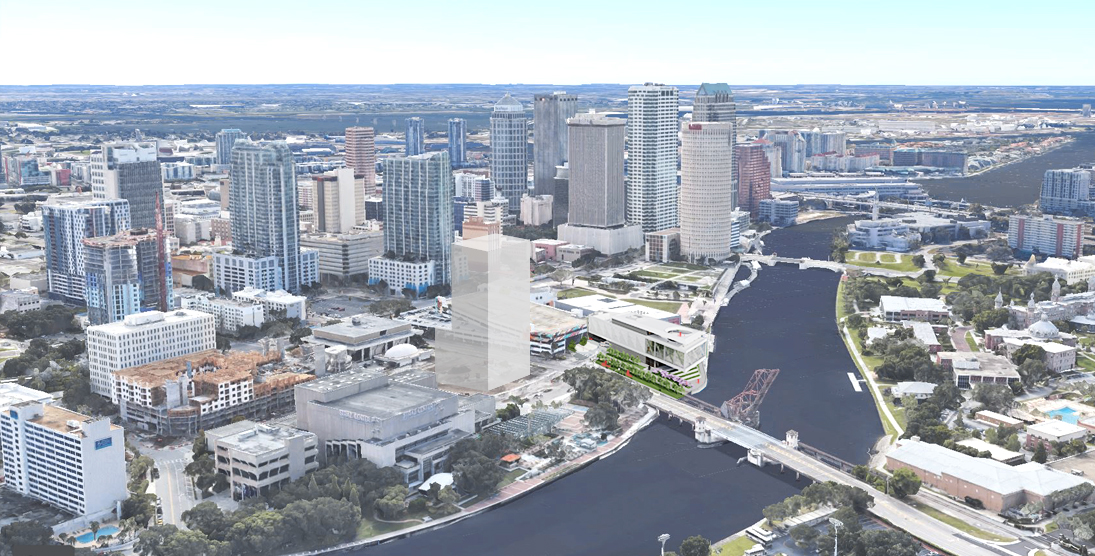
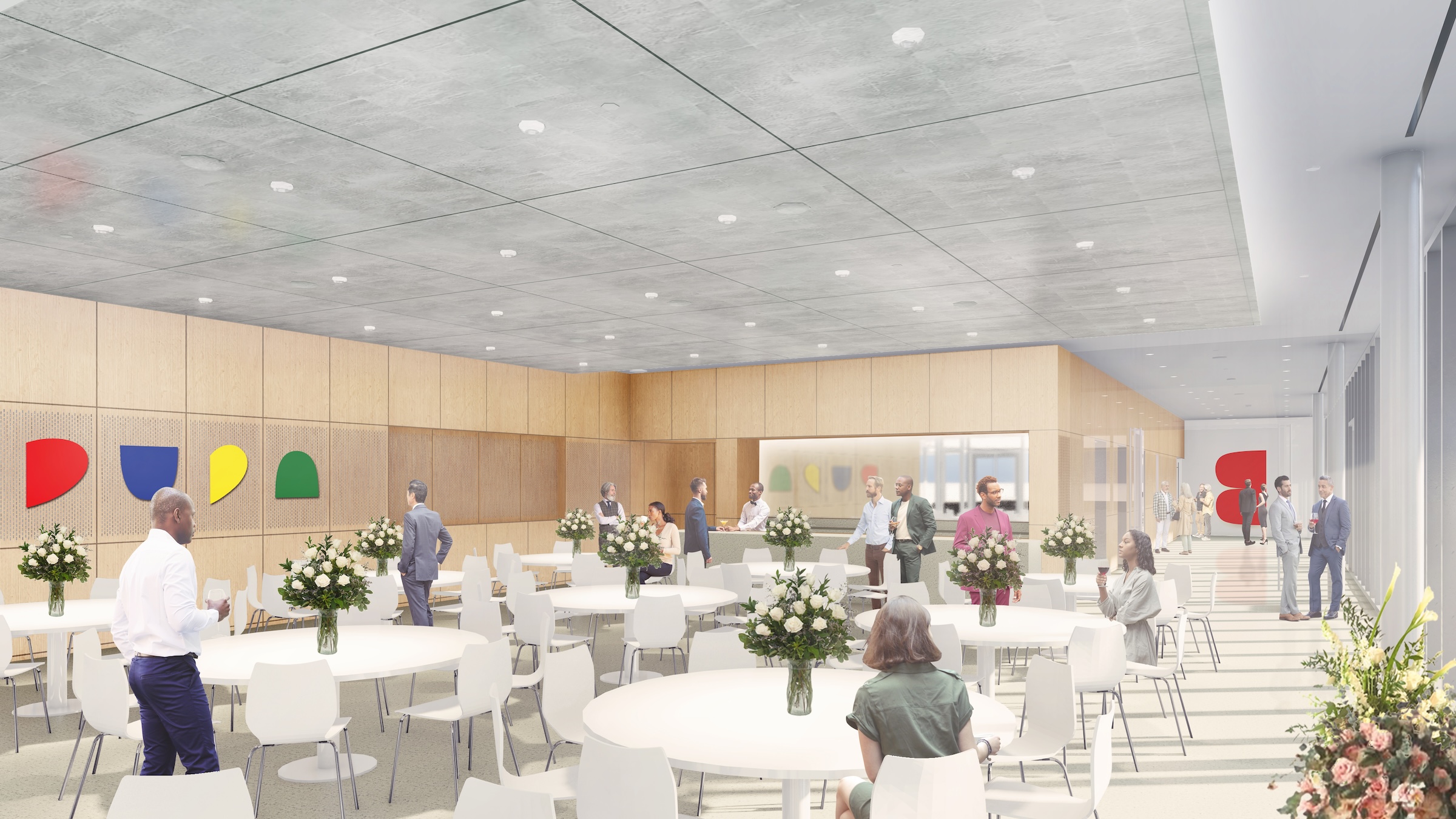
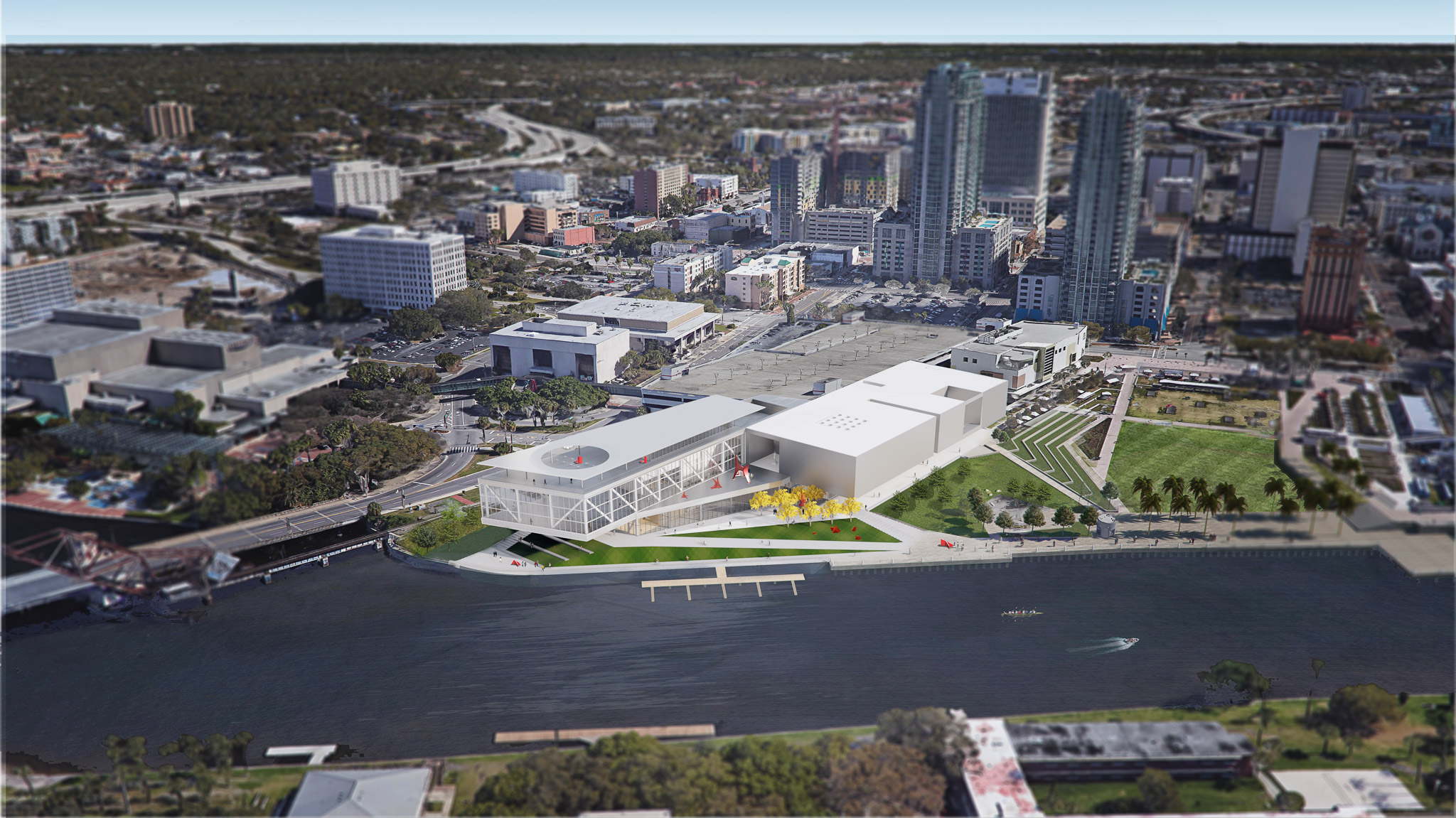
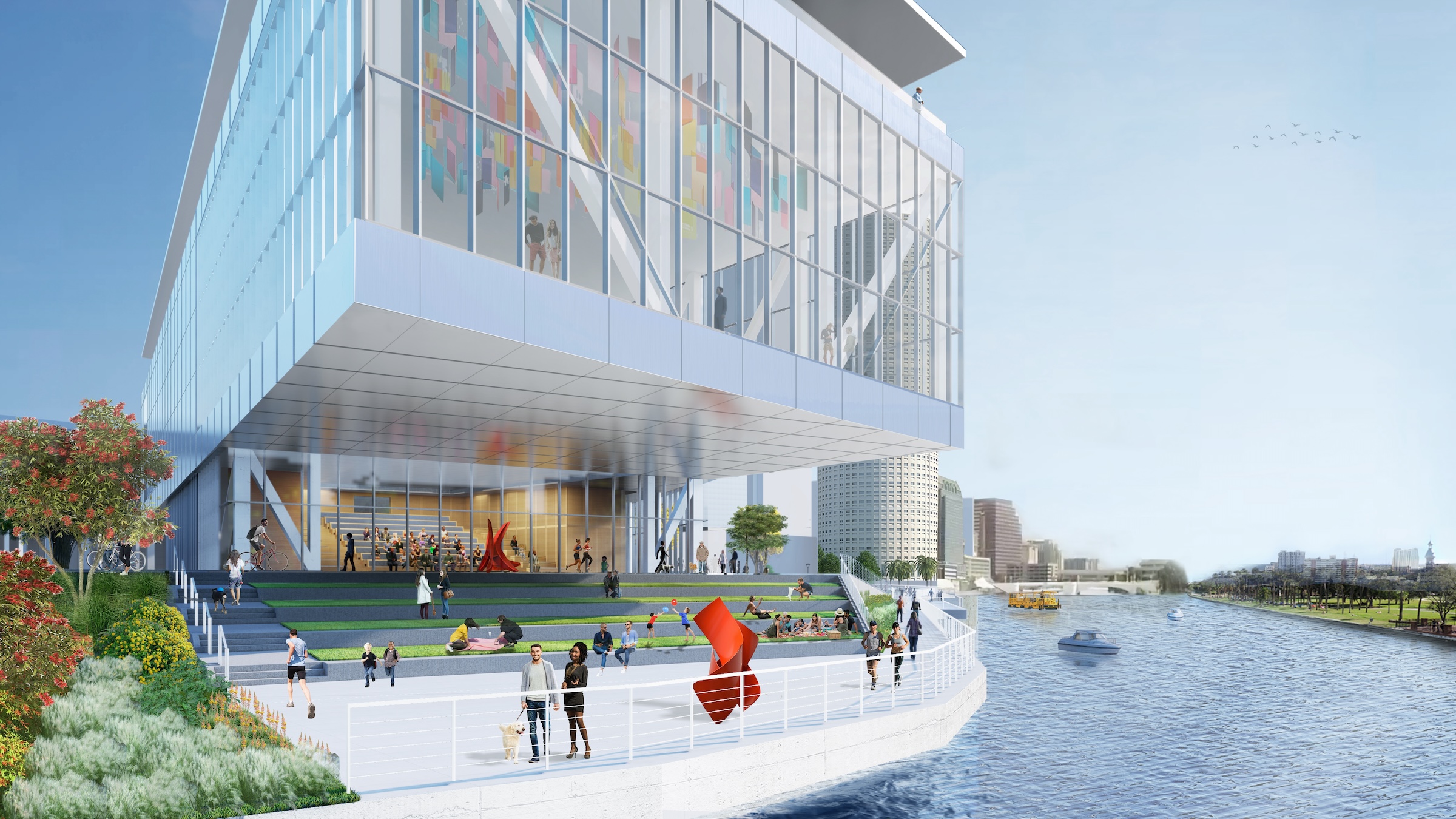
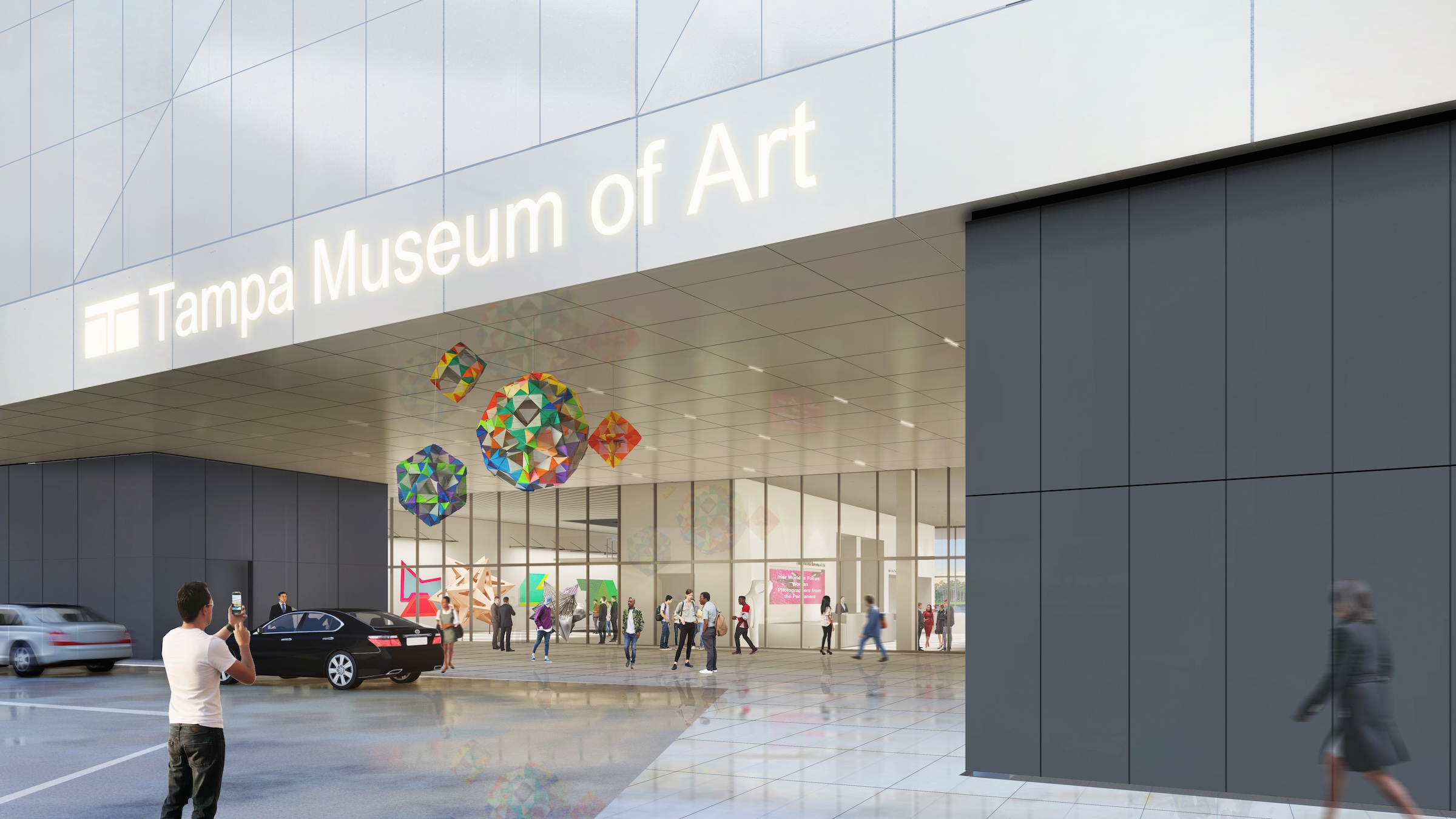
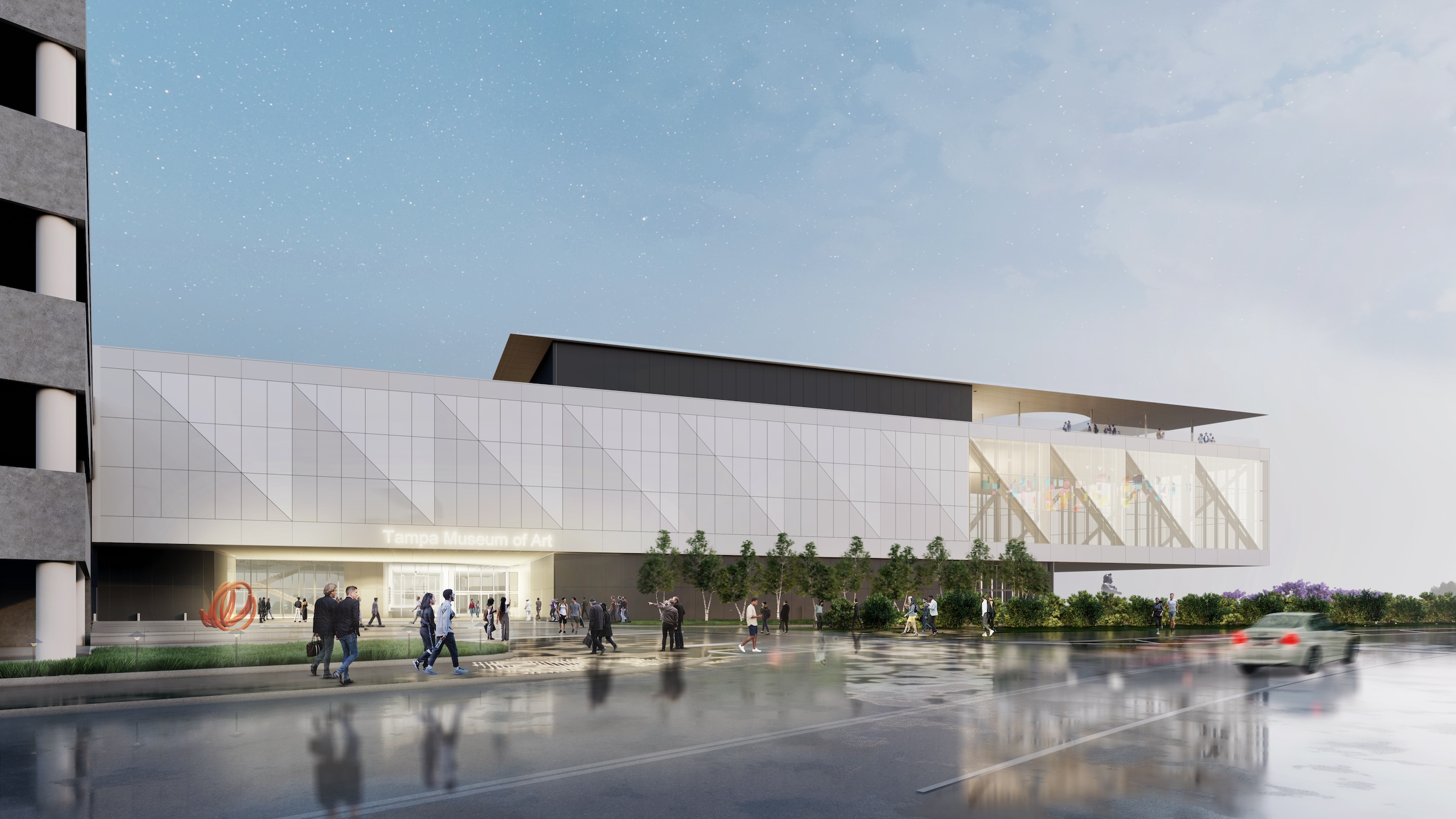
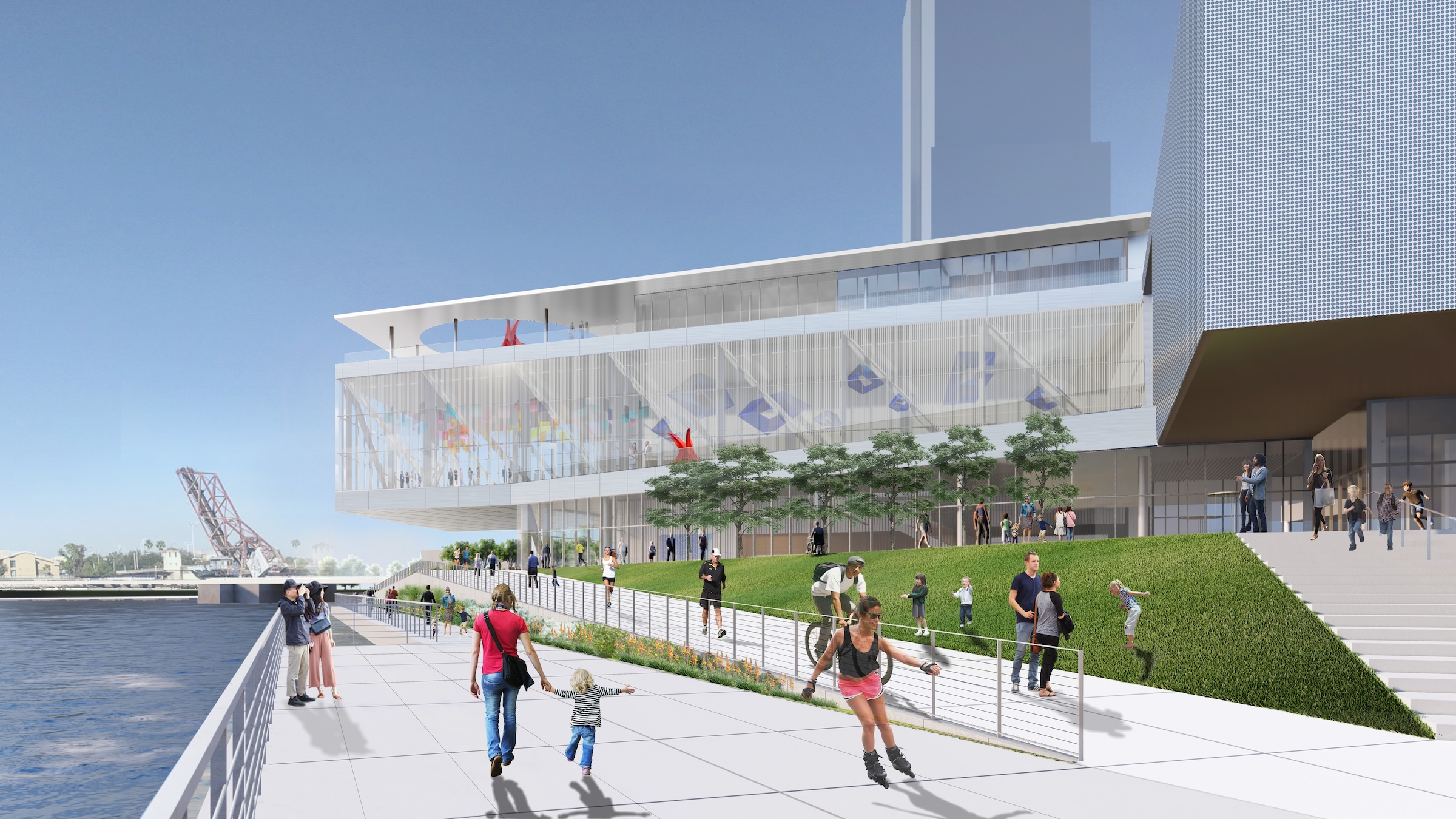
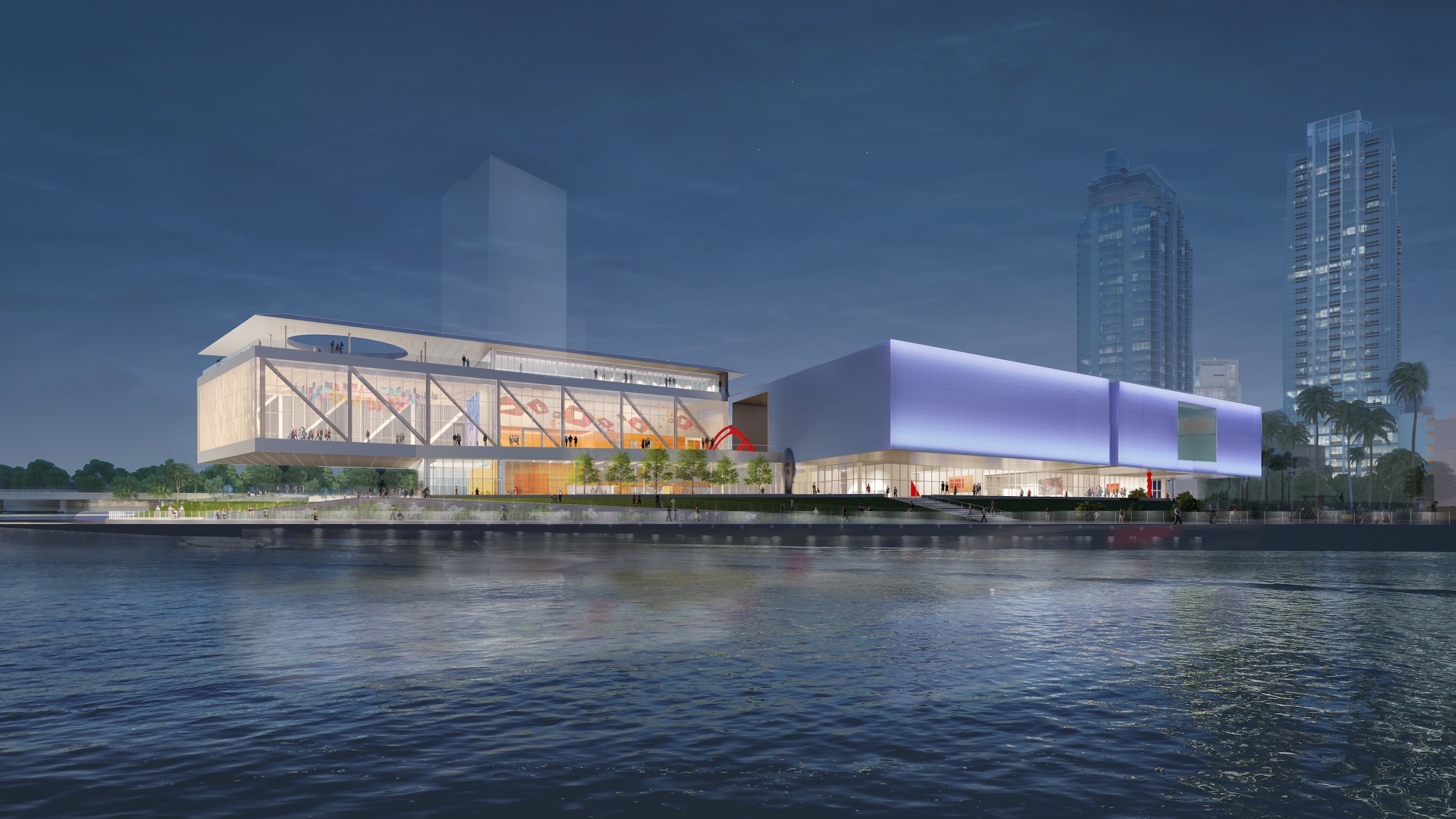
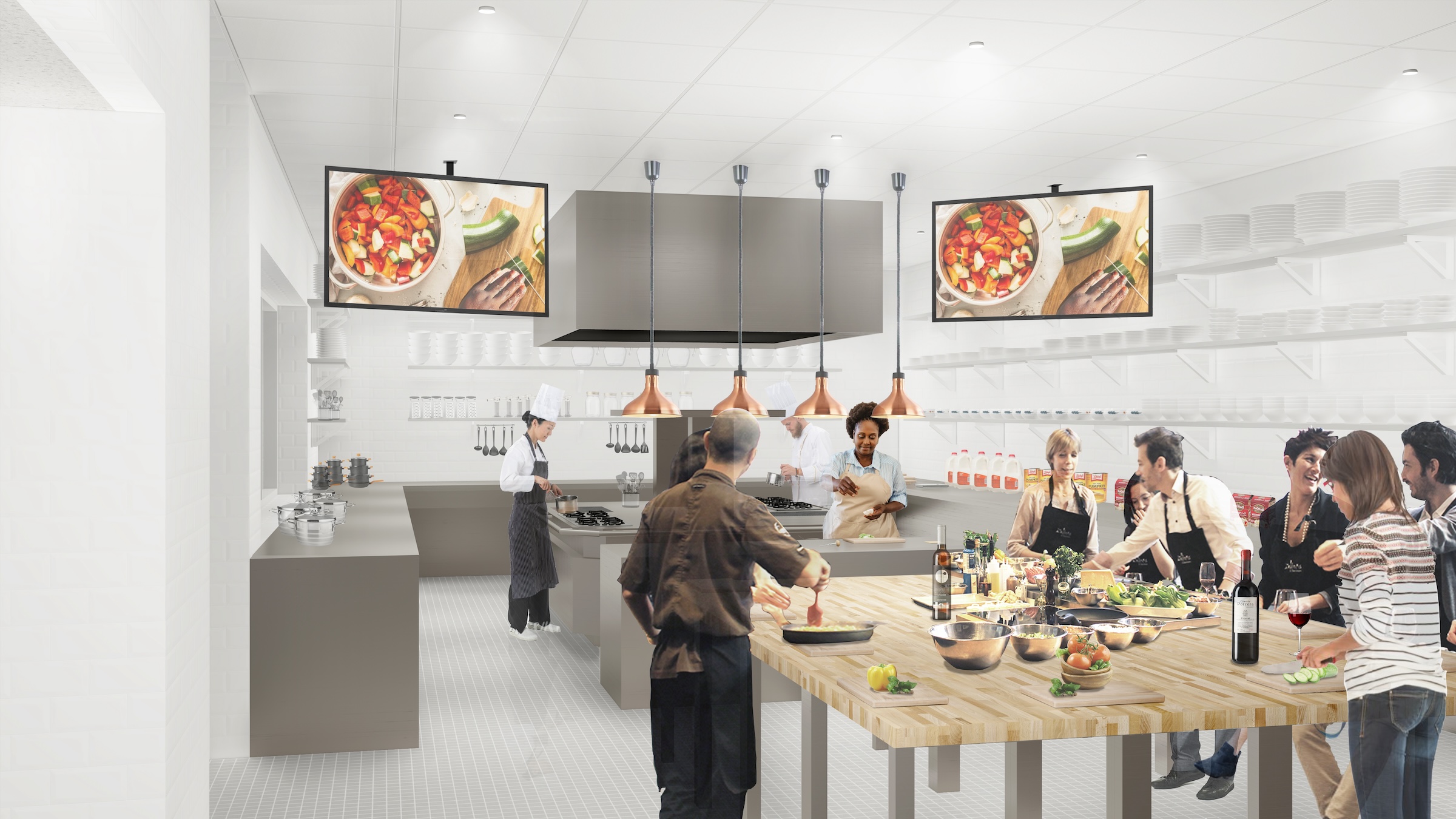
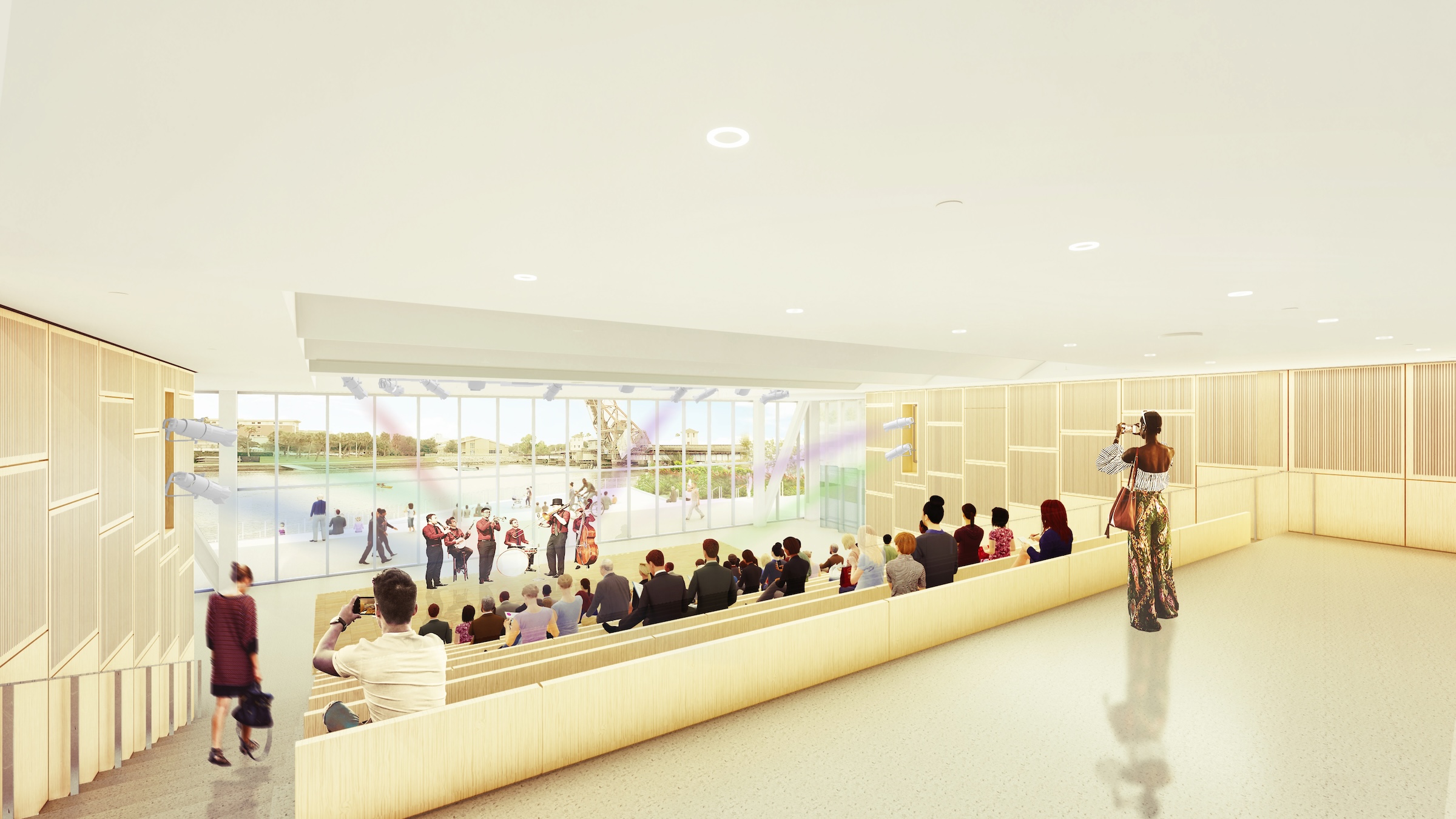
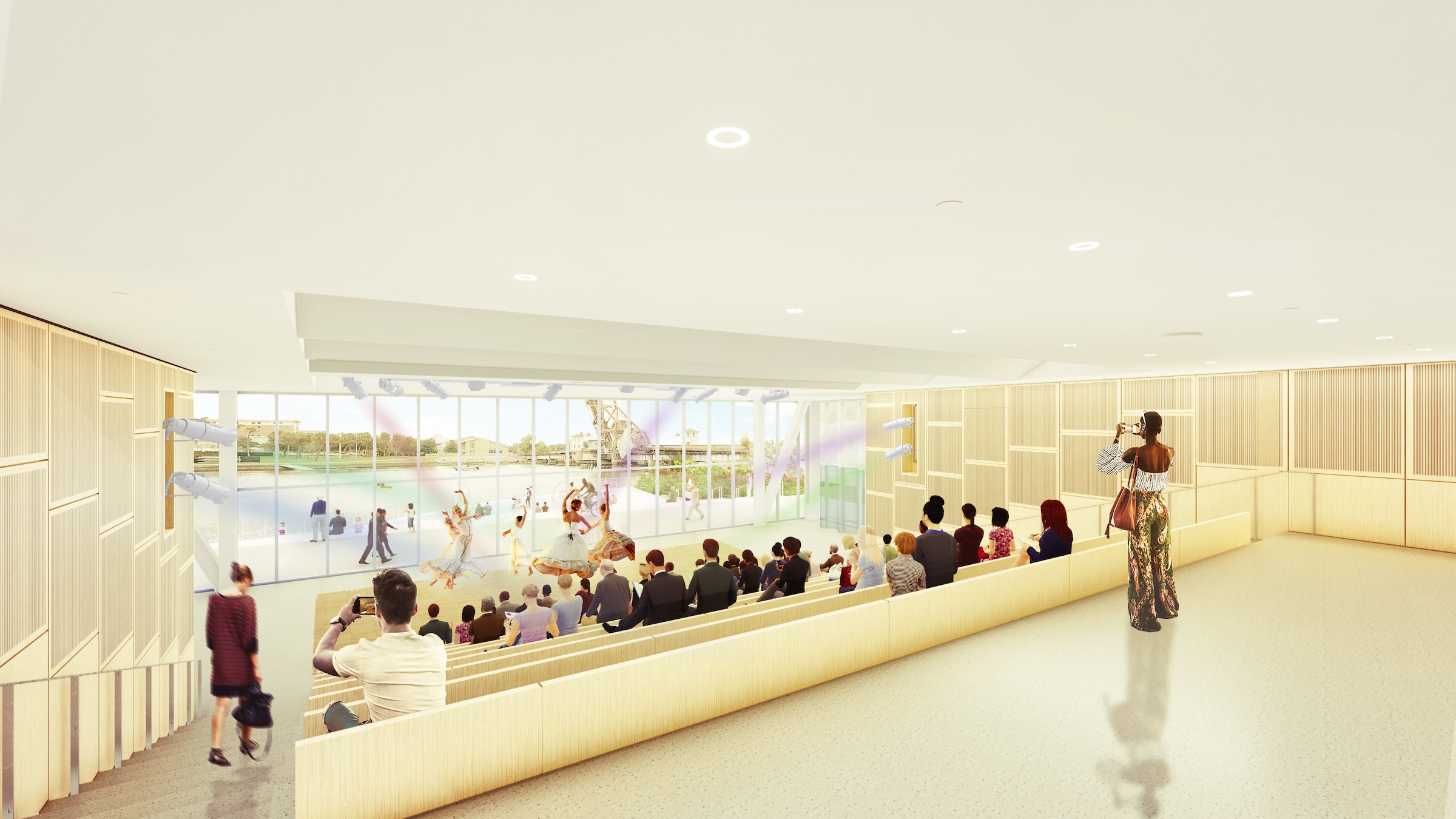
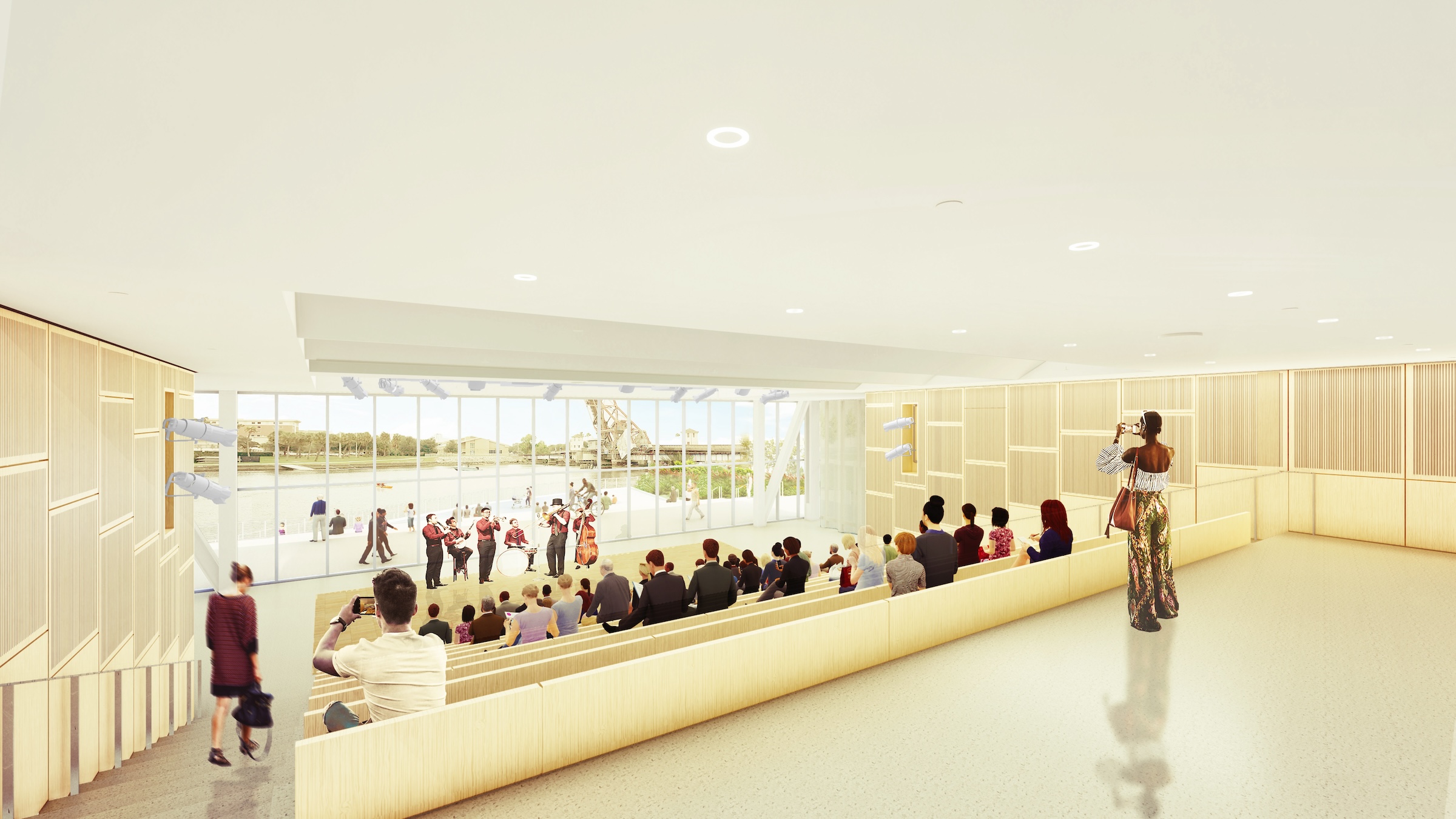
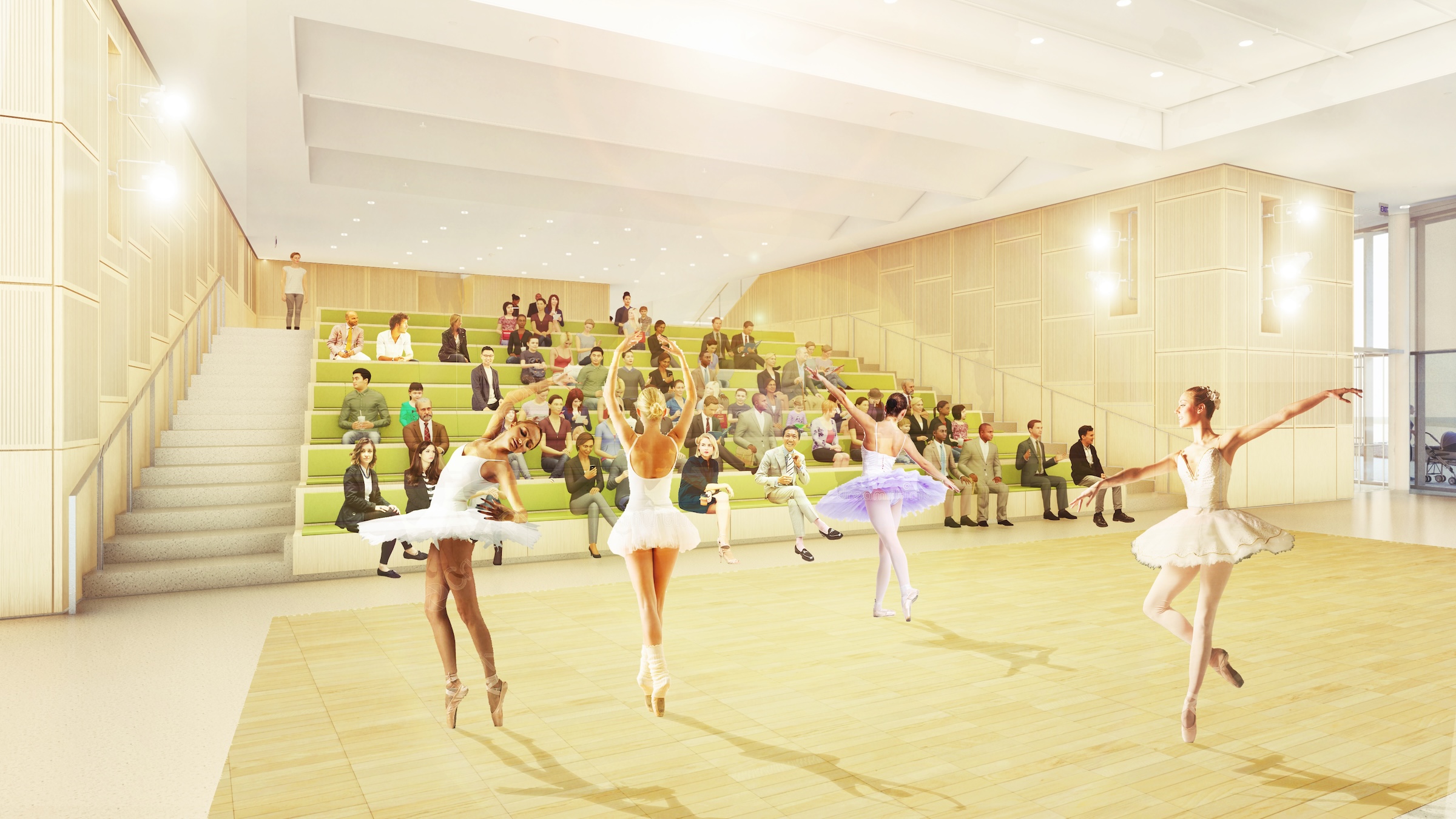
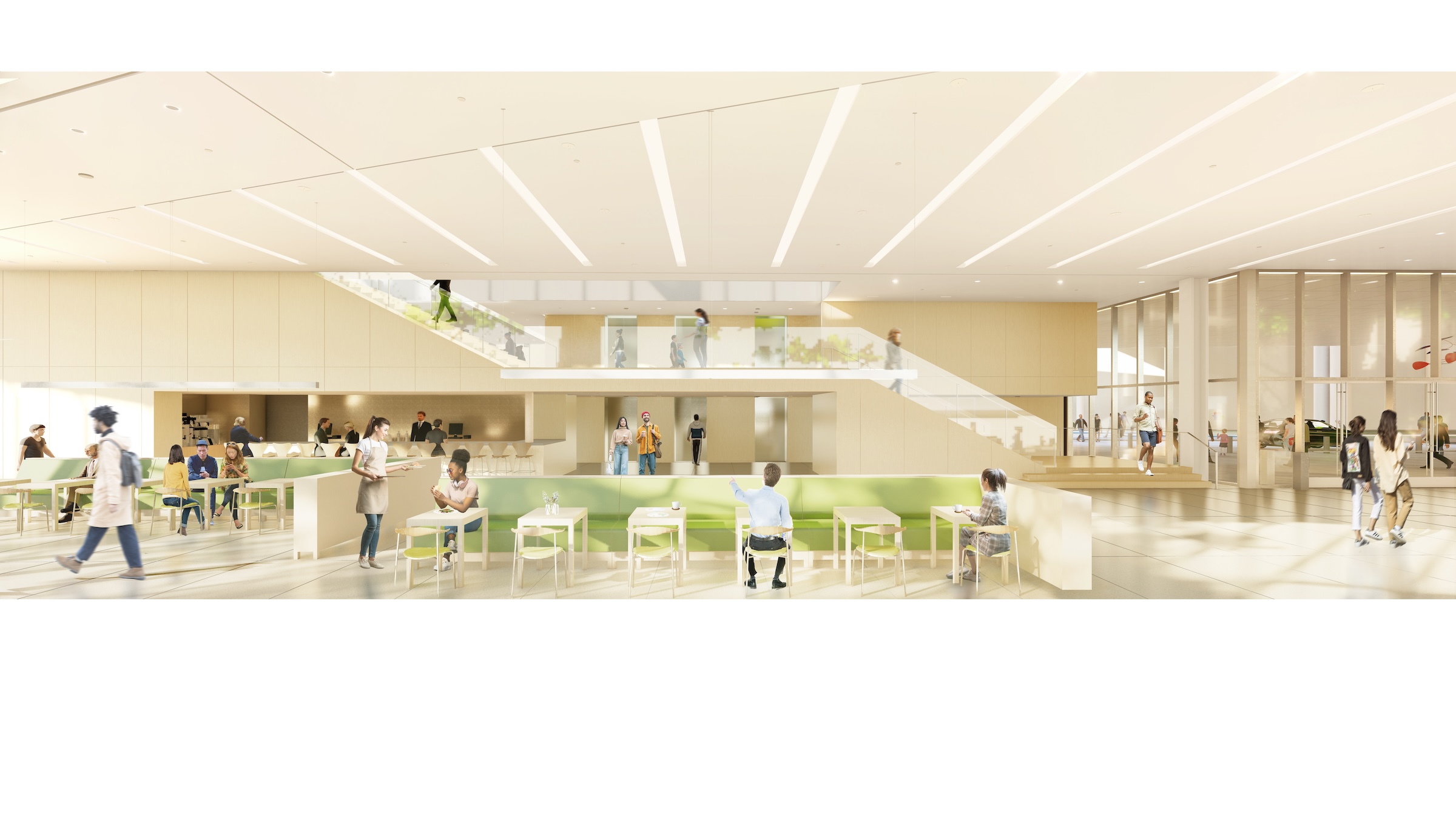

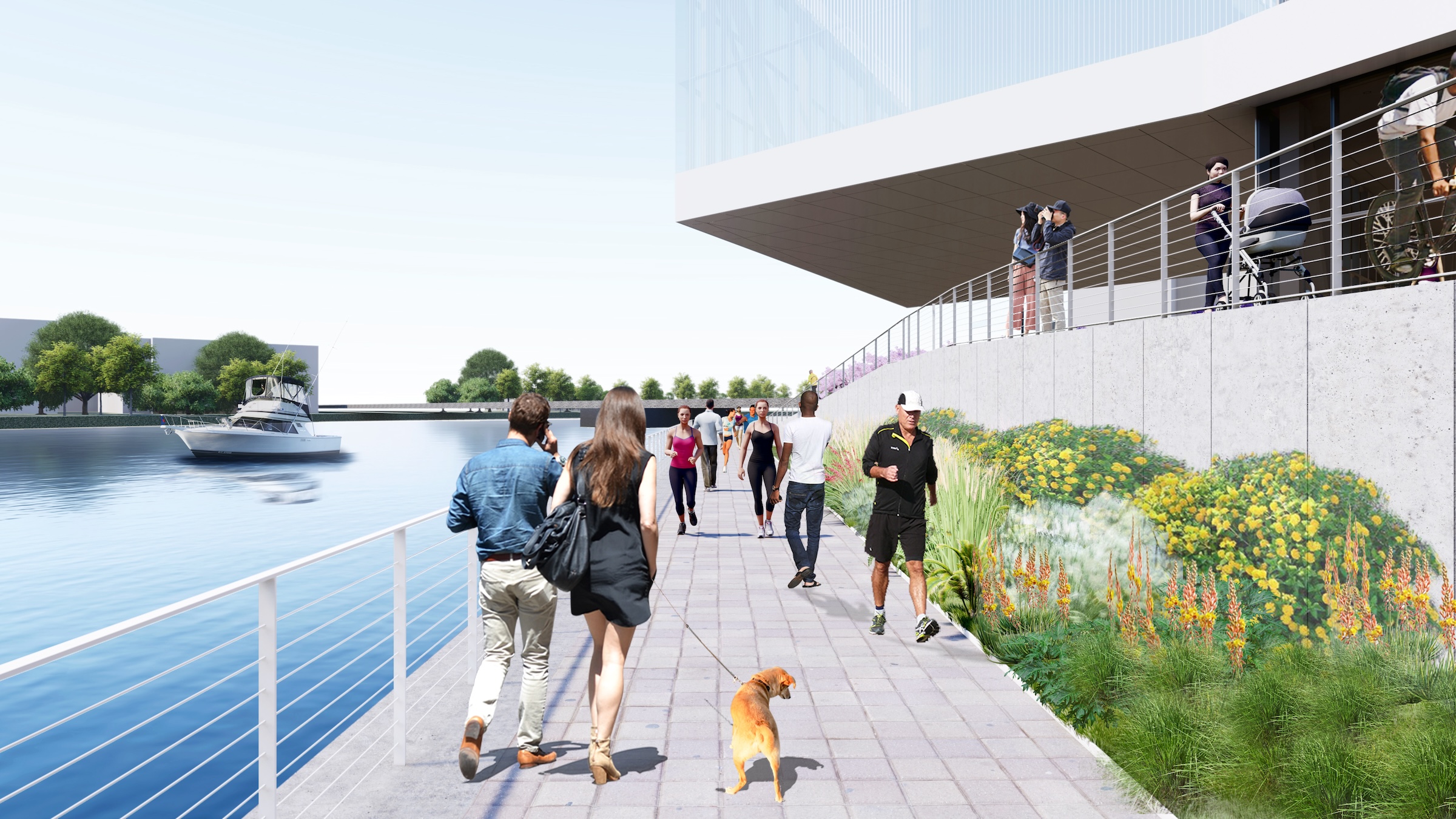

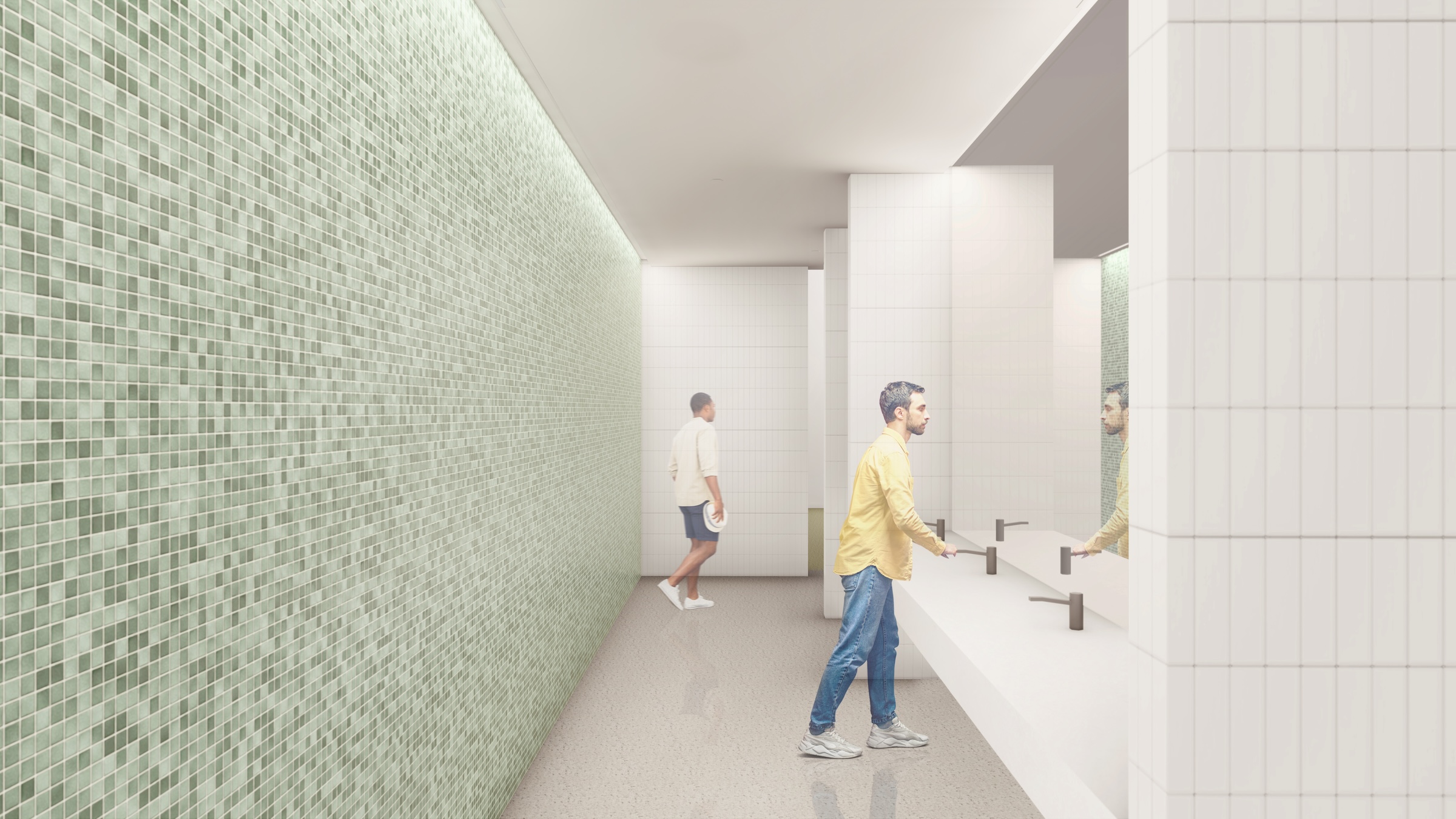


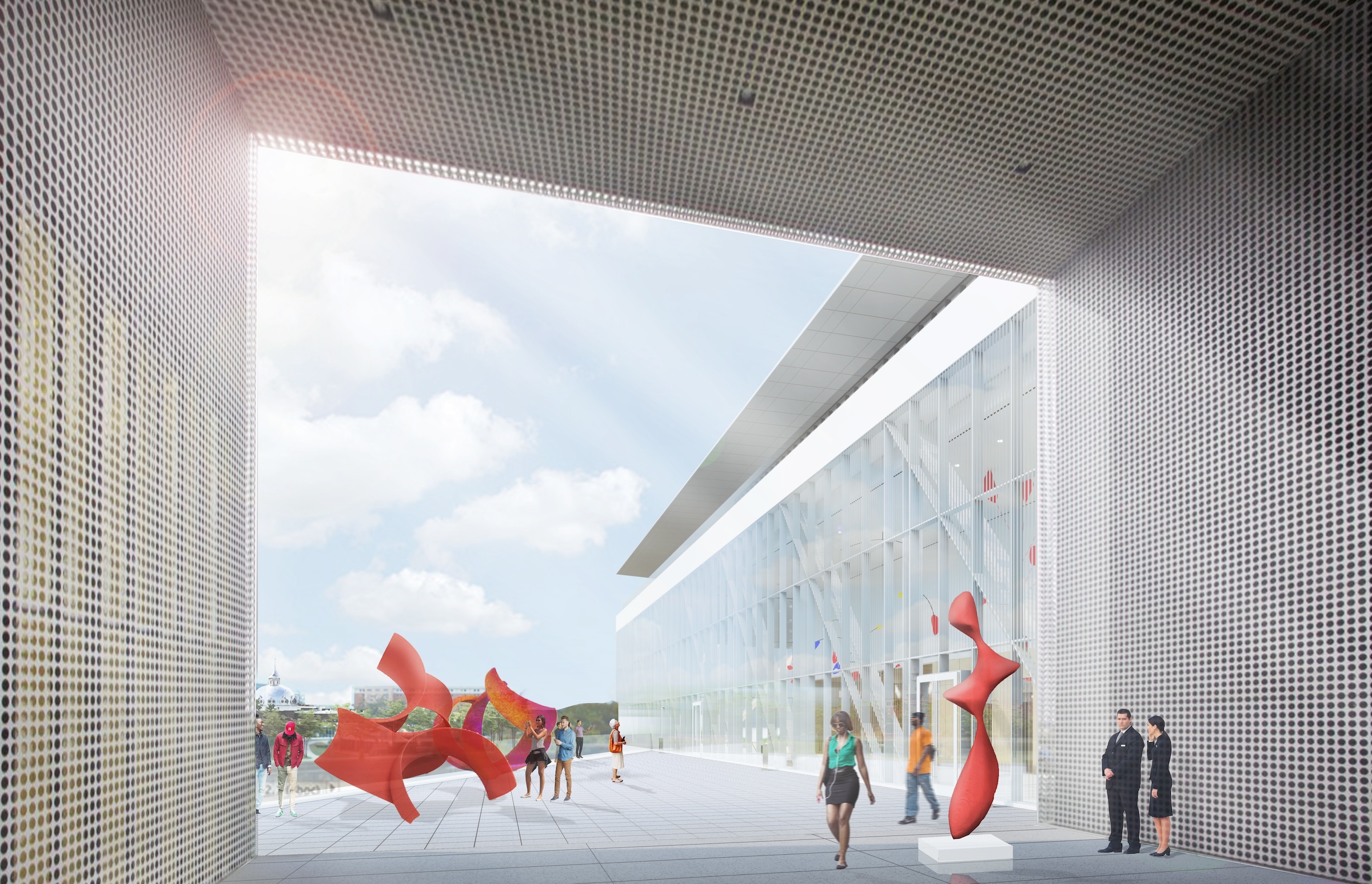
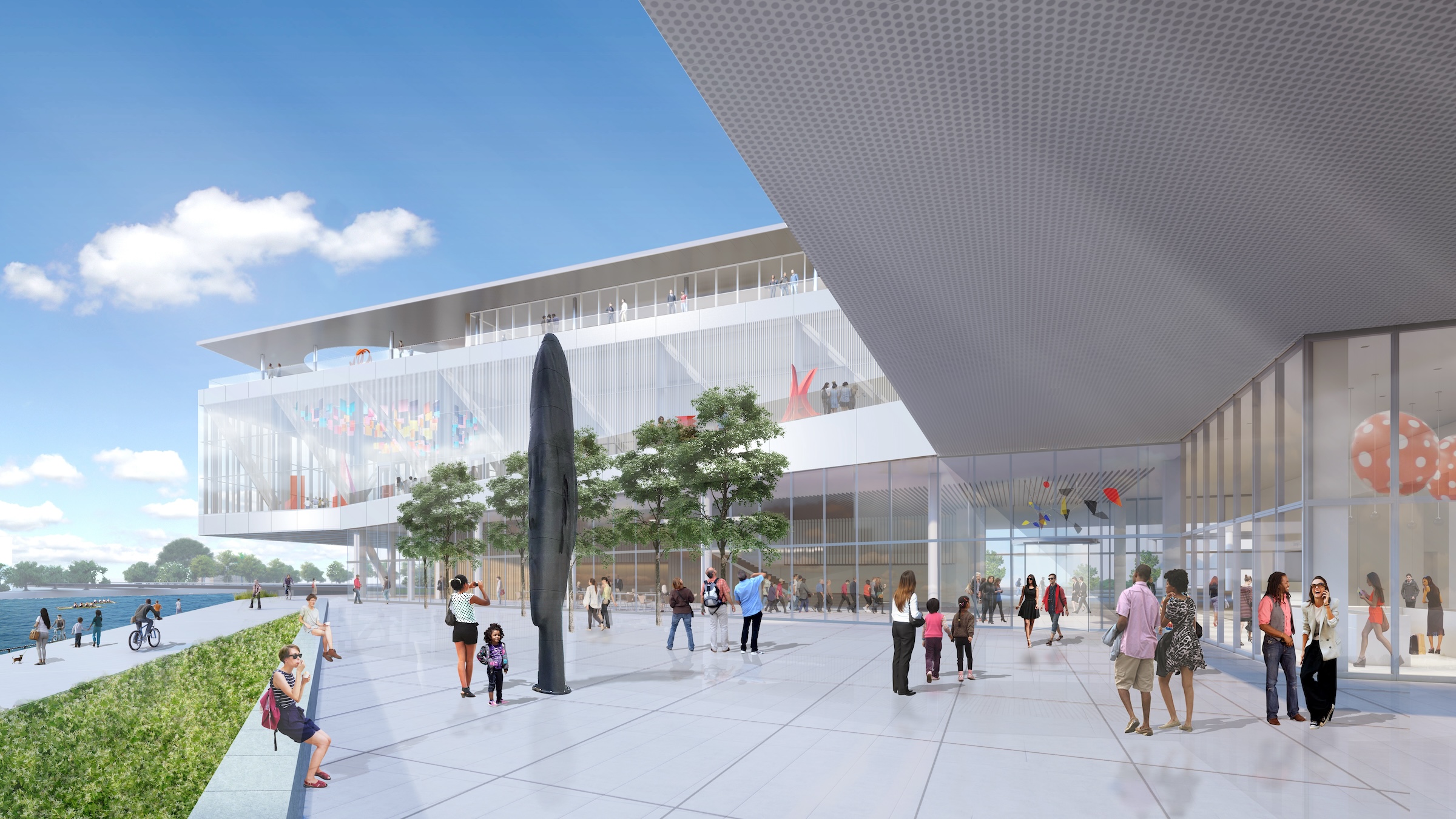
Related Stories
Giants 400 | Nov 6, 2023
Top 60 Cultural Facility Engineering Firms for 2023
KPFF, Arup, Thornton Tomasetti, Tetra Tech, and WSP head BD+C's ranking of the nation's largest cultural facilities sector engineering and engineering architecture (EA) firms for 2023, as reported in the 2023 Giants 400 Report. Note: This ranking includes revenue from all cultural building sectors, including concert venues, art galleries, museums, performing arts centers, and public libraries.
Giants 400 | Nov 6, 2023
Top 110 Cultural Facility Architecture Firms for 2023
Populous, Gensler, HGA, DLR Group, and Quinn Evans top BD+C's ranking of the nation's largest cultural facilities sector architecture and architecture engineering (AE) firms for 2023, as reported in the 2023 Giants 400 Report. Note: This ranking includes revenue from all cultural building sectors, including concert venues, art galleries, museums, performing arts centers, and public libraries.
Products and Materials | Oct 31, 2023
Top building products for October 2023
BD+C Editors break down 15 of the top building products this month, from structural round timber to air handling units.
Giants 400 | Aug 22, 2023
Top 115 Architecture Engineering Firms for 2023
Stantec, HDR, Page, HOK, and Arcadis North America top the rankings of the nation's largest architecture engineering (AE) firms for nonresidential building and multifamily housing work, as reported in Building Design+Construction's 2023 Giants 400 Report.
Giants 400 | Aug 22, 2023
2023 Giants 400 Report: Ranking the nation's largest architecture, engineering, and construction firms
A record 552 AEC firms submitted data for BD+C's 2023 Giants 400 Report. The final report includes 137 rankings across 25 building sectors and specialty categories.
Giants 400 | Aug 22, 2023
Top 175 Architecture Firms for 2023
Gensler, HKS, Perkins&Will, Corgan, and Perkins Eastman top the rankings of the nation's largest architecture firms for nonresidential building and multifamily housing work, as reported in Building Design+Construction's 2023 Giants 400 Report.
Standards | Jun 26, 2023
New Wi-Fi standard boosts indoor navigation, tracking accuracy in buildings
The recently released Wi-Fi standard, IEEE 802.11az enables more refined and accurate indoor location capabilities. As technology manufacturers incorporate the new standard in various devices, it will enable buildings, including malls, arenas, and stadiums, to provide new wayfinding and tracking features.
Museums | Jun 6, 2023
New wing of Natural History Museums of Los Angeles to be a destination and portal
NHM Commons, a new wing and community hub under construction at The Natural History Museums (NHM) of Los Angeles County, was designed to be both a destination and a portal into the building and to the surrounding grounds.
Architects | Jun 6, 2023
Taking storytelling to a new level in building design, with Gensler's Bob Weis and Andy Cohen
Bob Weis, formerly the head of Disney Imagineering, was recently hired by Gensler as its Global Immersive Experience Design Leader. He joins the firm's co-CEO Andy Cohen to discuss how Gensler will focus on storytelling to connect people to its projects.
Museums | Feb 22, 2023
David Chipperfield's 'subterranean' design wins competition for National Archaeological Museum in Athens
Berlin-based David Chipperfield Architects was selected as the winner of the design competition for the new National Archaeological Museum in Athens. The project will modernize and expand the original neoclassical museum designed by Ludwig Lange and Ernst Ziller (1866-1874) with new spaces that follow the existing topography of the site. It will add approximately 20,000 sm of space to the existing museum, as well as a rooftop park that will be open to the public.


